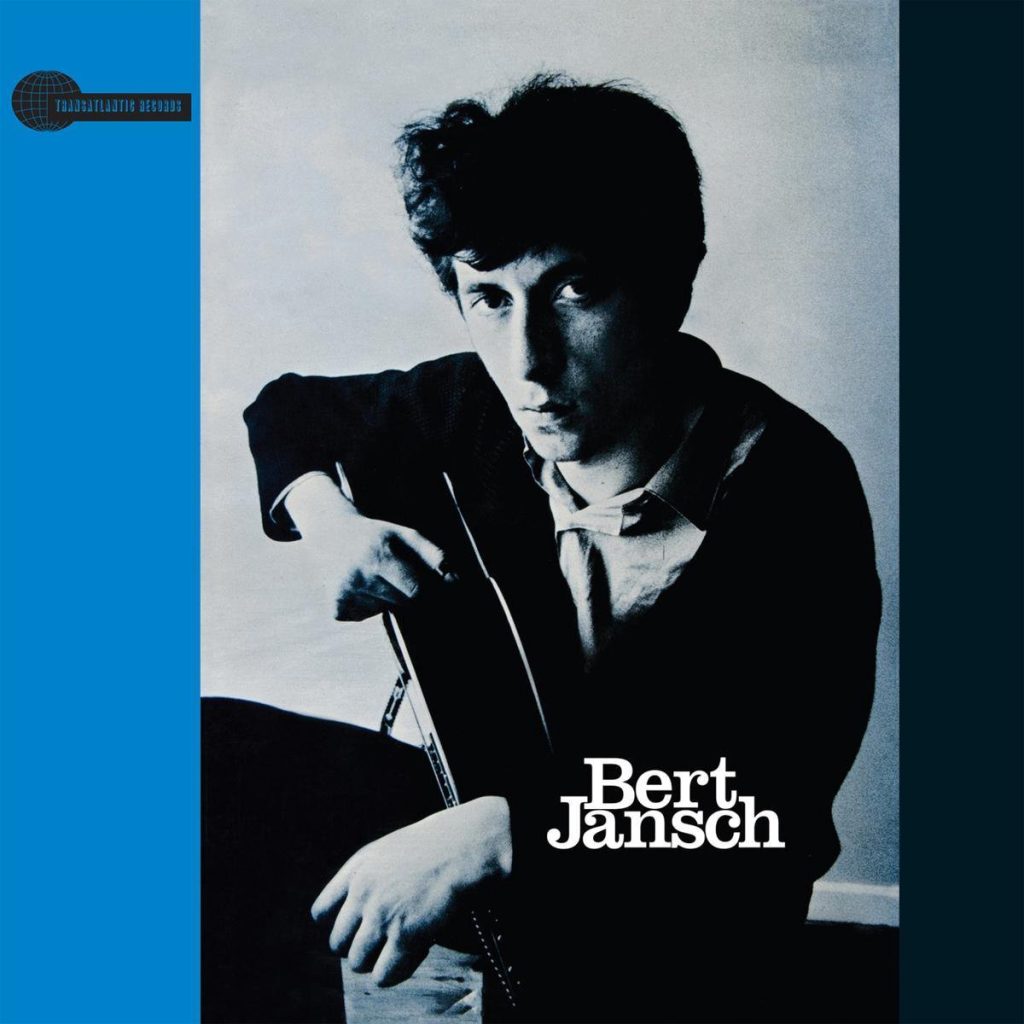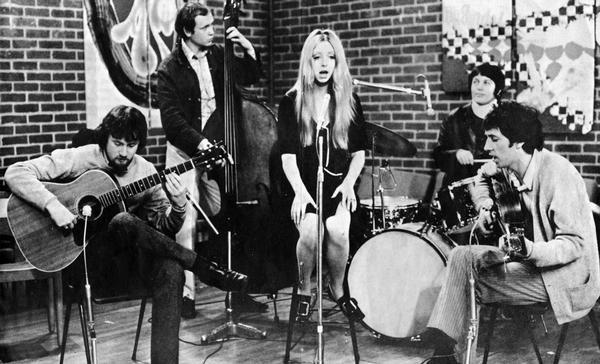
Bert Jansch, whom I did not know at all, was born on 3 November 1943 in Glasgow and died on 5 October 2011. Bert Jansch is an iconic figure in British folk music. A Scottish guitarist, singer and songwriter, Jansch made a profound impact on the music world with his distinctive style and unique approach to the acoustic guitar.
Born into a modest family, Bert Jansch was introduced to music by his mother, who played the piano. Self-taught, he learned to play guitar as a teenager, drawing inspiration from artists such as Big Bill Broonzy and Brownie McGhee. In 1960, Jansch moved to London where he performed in folk clubs, quickly building a solid reputation within the British capital's music scene.
In 1965 Bert Jansch released his self-titled debut album, recorded in a flat with rudimentary equipment. The album was quickly noticed for its innovative guitar playing, mixing fingerpicking, blues and Celtic influences. His second album, “It Don't Bother Me”, was released the same year and confirmed his talent.
In 1967, Jansch formed the band Pentangle with John Renbourn, Jacqui McShee, Danny Thompson and Terry Cox. Their music, a fusion of jazz, folk and blues, met with international success. They recorded several landmark albums, including “Basket of Light” in 1969, which contained the famous track “Light Flight”. Pentangle broke up in 1973, but later reformed several times with different bands.
After Pentangle disbanded, Bert Jansch pursued a solo career, collaborating with many artists, including Johnny Marr, Bernard Butler and Beth Orton. He continued to release albums throughout the 1980s and 1990s, confirming his place among the greatest guitarists of all time.
Bert Jansch's impact on folk music and the acoustic guitar is undeniable. Great musicians such as Jimmy Page, Neil Young and Nick Drake have cited Jansch as a major source of inspiration. His guitar style, combining fingerpicking, percussion and complex rhythms, has influenced generations of guitarists.
The Bert Jansch album
At the age of 21, Bert Jansch moved to London, where he performed regularly in clubs and cafés. It was during these performances that he became friends with guitarist John Renbourn, who later became a long-time collaborator and member of Pentangle. In 1964, Jansch decided to record his first album in the kitchen of his flat, using a two-track tape recorder and a single acoustic guitar.
The album “Bert Jansch” consists of 15 tracks, most of which are original compositions. Among the most notable songs are:
- “Strolling Down the Highway”: A rhythmic ballad that showcases Jansch's guitar dexterity and fingerpicking style.
- “Needle of Death” : A poignant and melancholic song about the ravages of drugs, inspired by the death of Jansch's friend, Scottish folk musician Buck Polly.
- “Do You Hear Me Now”: An engaging and upbeat song that touches on social and political themes.
- “Alice's Wonderland”: A delicate, melodic instrumental that showcases Jansch's songwriting talent.
The album also includes covers of traditional songs such as “Blackwaterside” and “Angie”, as well as adaptations of blues and jazz songs, reflecting Jansch's diverse influences.
The album “Bert Jansch” was very well received by the critics and quickly became a classic of its kind. It also influenced many musicians of the time, including Nick Drake, John Martyn, and Jimmy Page of Led Zeppelin, who adapted Jansch's fingerpicking into some of his songs.
The album also contributed to the emergence of the British folk movement of the 1960s, which saw artists such as Fairport Convention, Pentangle and Steeleye Span draw on British musical traditions to create a distinctive and innovative sound.
Needle of Death
Inspired by the tragic death of Jansch's friend Buck Polly, a Scottish folk musician, this song deals with the ravages of drug addiction and loss with poetic sensitivity.

The song is built around a simple but powerful melody played on acoustic guitar and features Jansch's fluid fingerpicking. Jansch's soft, melancholic voice adds a poignant emotional dimension to the song's lyrics, which describe an individual's descent into the spiral of addiction and the pain caused to those around them.
“Needle of Death” has been recognised for its sincerity and sensitive treatment of a difficult subject, and is often considered one of the first songs to address addiction. Over the years, it has also been cited as a major influence on other artists, including Neil Young, who said the song was an inspiration for his song “The Needle and the Damage Done”.
The impact of “Needle of Death” goes far beyond British folk music. The song has transcended the boundaries of genre and era, with musicians such as Young and others covering and performing this poignant song over the years. It continues to touch the hearts of those who hear it, reminding us of the beauty and fragility of life, as well as the devastating consequences of addiction on individuals and their loved ones.
